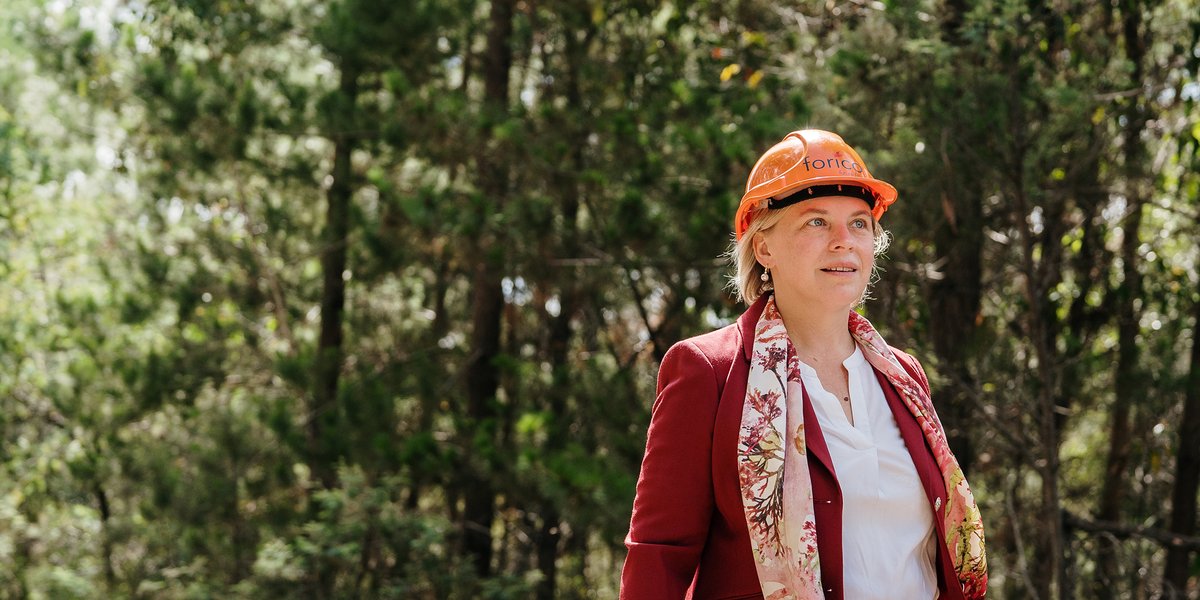Andi Lucas
"I started hearing about hempcrete buildings, and looking into environmental building products and carbon sequestration. Hemp does so many things that are great, you almost can’t believe it.”
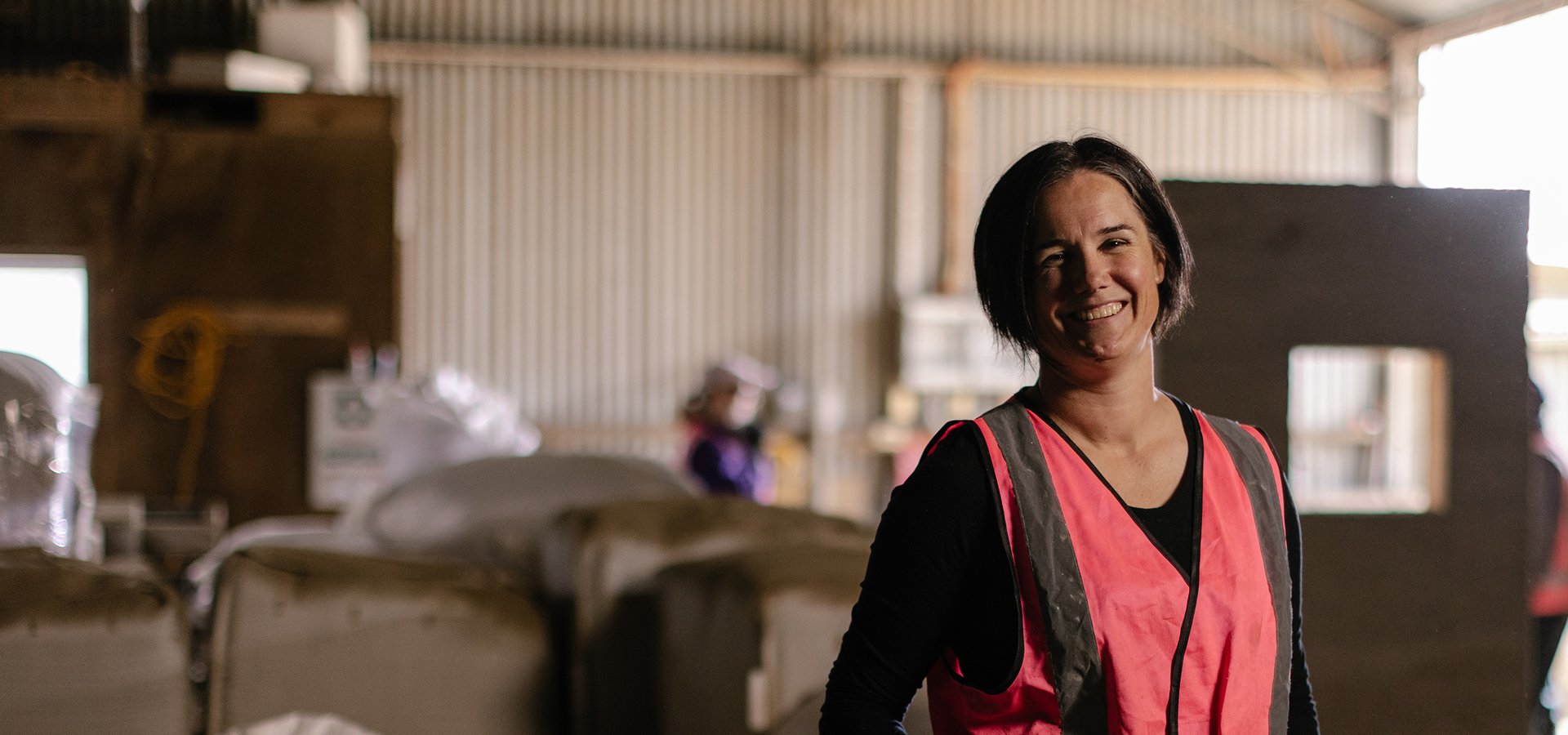
"It wasn’t that I woke up the day after the flood and decided on the three pillars of my working life. But I kept coming back to the same three things: playing a role around the climate crisis; empowering other women; and housing security."
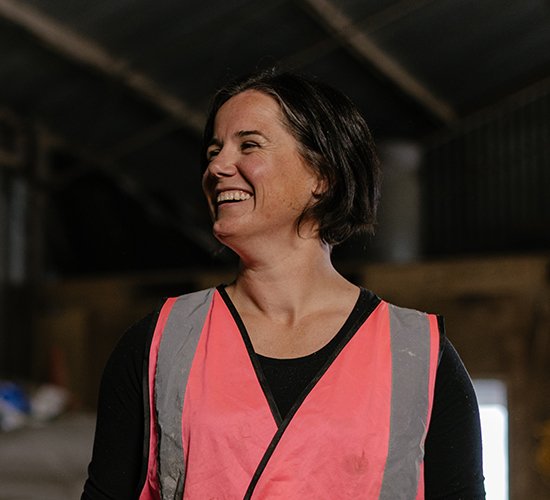
In 2013, Andi Lucas had the kind of year you wouldn’t wish on your worst enemy.
At that point in her life, Andi ran a manufacturing business and split her time between Colorado and Tasmania: nine months in the United States, three months in Australia. But in the space of a year, she lost both her homes.
In January, the Carlton River cottage that Andi had built in Southern Tasmania was destroyed in the devastating Dunalley bushfires. In September, her flat in Boulder, Colorado was destroyed too; lost to one of the biggest floods that America has ever seen.
“Ironically, I’d only just moved my stuff into the cottage from storage about a week earlier,” says Andi. “Without that, I would have just lost the physical structure. It would have been an insurance event and a story for dinner parties. But unfortunately, I’d just moved in my library of books, everything my grandparents had left me, my clothing, diaries – the entire record of my life, really. I lost everything except what I was wearing that day, my laptop, passport, and handbag. It was devastating. I was reeling from that, went back to my flat in Colorado, and then nine months later I lost that too. I had a double header of a fire and a flood in two different hemispheres.”
It was a sequence of events that would have broken most people, and while it has taken Andi a while to process the enormous loss, going through such traumatic experiences also prompted her to reassess her personal and professional priorities. The decisions Andi made in the aftermath of that life-changing year set her on a course that led to a new calling: President of the Tasmanian Hemp Association, and Founder and Managing Director of the company X-Hemp.
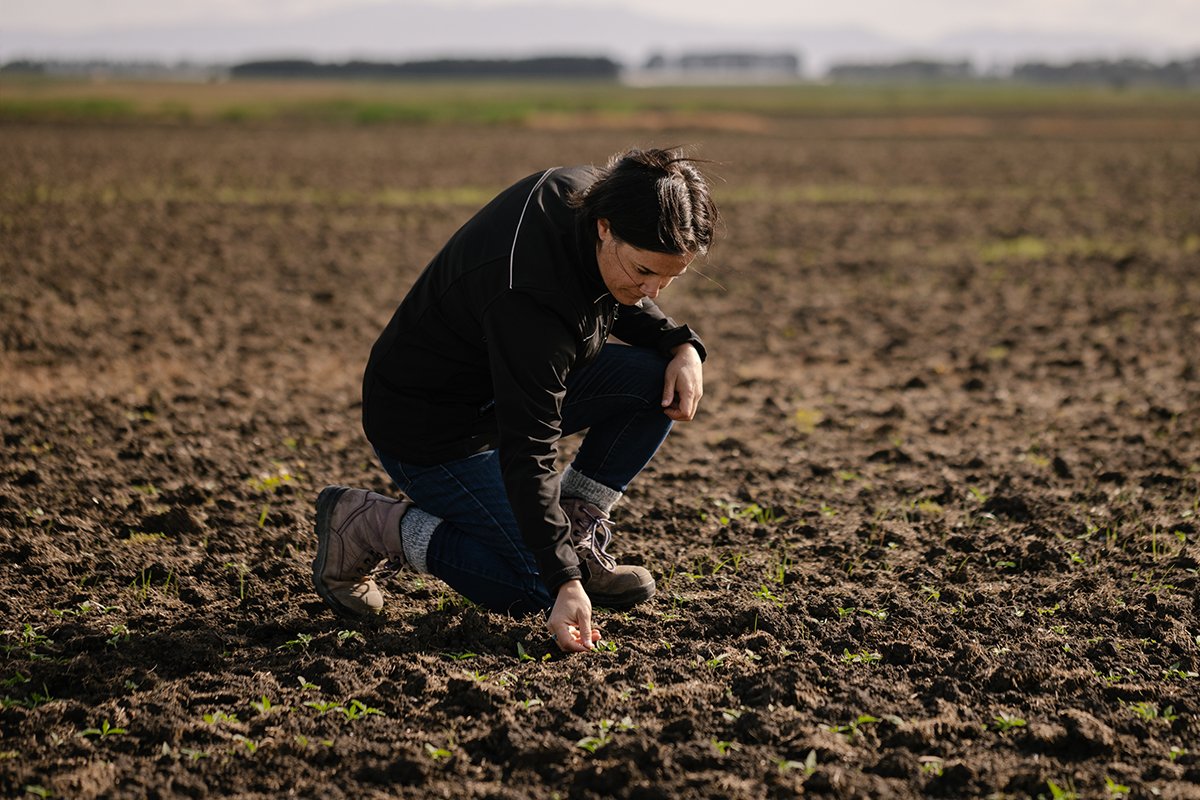
X-Hemp is Tasmania’s only hemp fibre processing facility. Andi and her team of employees work with the state’s licensed hemp farmers to convert grain stubble — waste left over from the hemp harvest — into saleable products like building materials. Funded by a network of over 30 lenders, X-Hemp allows Andi to combine three of her key passions: sustainability, supporting women, and housing security.
“It wasn’t that I woke up the day after the flood and decided on the three pillars of my working life,” says Andi. “It developed over several years. But I kept coming back to the same three things: playing a role around the climate crisis; empowering other women; and housing security — both from a social justice standpoint and in terms of the physical element, how we actually build housing structures. I started to think about what work I could do that would satisfy at least two of those, and all roads kept leading back to hemp.”
In 2012, Colorado was one of the first two states in the US to legalise cannabis in all its forms. That meant that Andi had been able to witness first-hand what was possible with an emerging industry — not just around recreational marijuana, but around all the other innovative uses of hemp.
“I started hearing about and seeing hempcrete buildings,” says Andi. “I started looking into environmental building products and carbon sequestration. Again hemp, hempcrete — they both just kept popping up. One of the things that I absolutely love the most about hemp is that it does so many things that are great. You almost can’t believe it.”
When you plant a hemp seed in a paddock, it’s like Jack and the Beanstalk. A hemp plant can grow as tall as six metres, and it can go from a seed to a fully mature plant in about 120 days. When you harvest the plant, you’ve got the opportunity to use lots of different parts. Hemp seeds are an incredible source of plant-based protein. The leaves and flowers can be used for medicine. The stalk of the plant can be separated into two key parts: the bast fibre from the outside is a strong natural fibre that is used for canvas, sails, and ropes. “What I’m interested in is the other part,” says Andi. “The woody core called hurd. When you mix it with water and a lime-based binder, it forms hempcrete.”
As a building material, hempcrete has a range of advantages over other options. Rather than building a conventional wall that is made of layers — outside cladding, insulation and plaster — hempcrete is poured directly around a stick frame construction to create thick walls that can be formed into different shapes. As it continues to fully cure, over a period of years, it continues to draw carbon from the atmosphere.
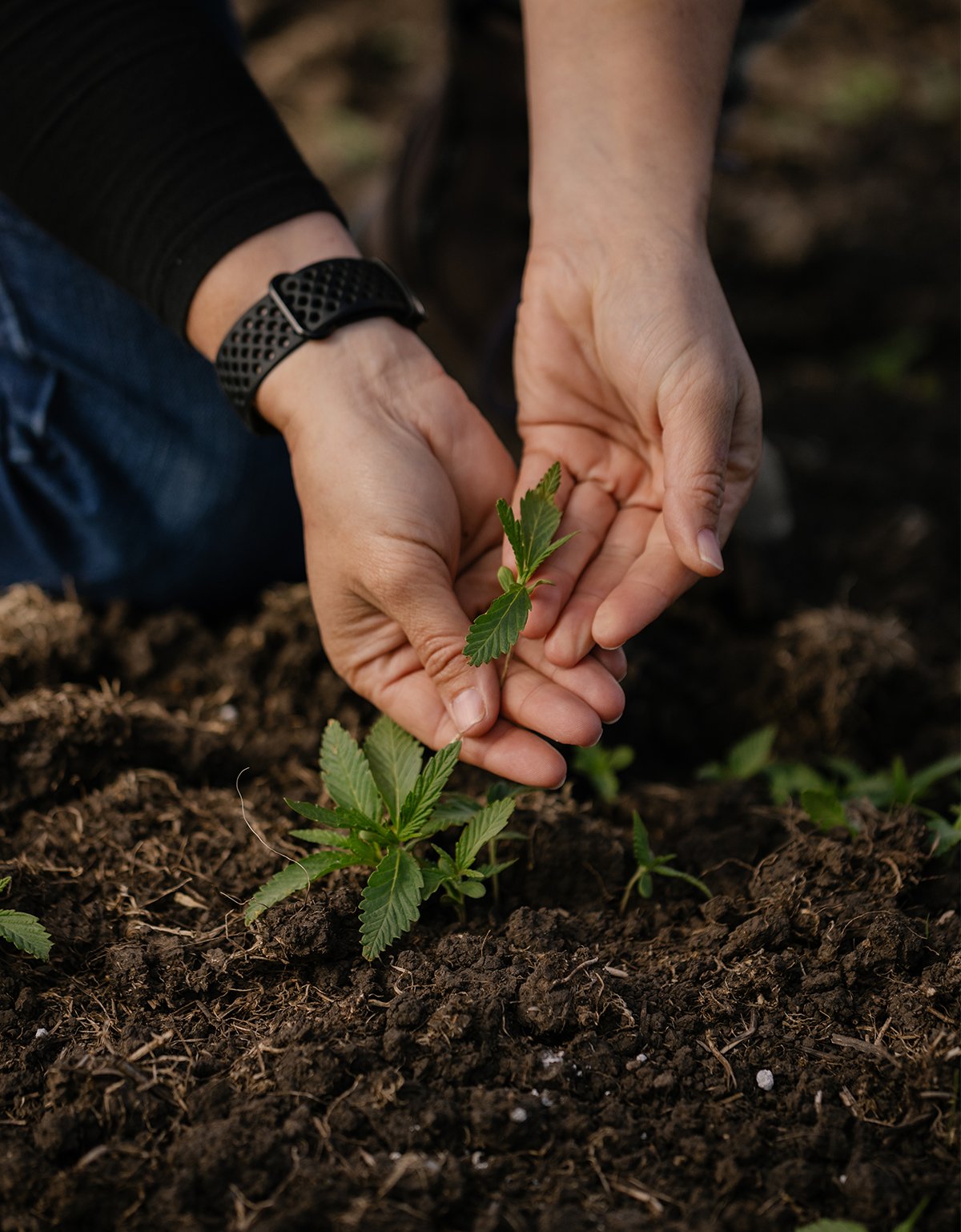
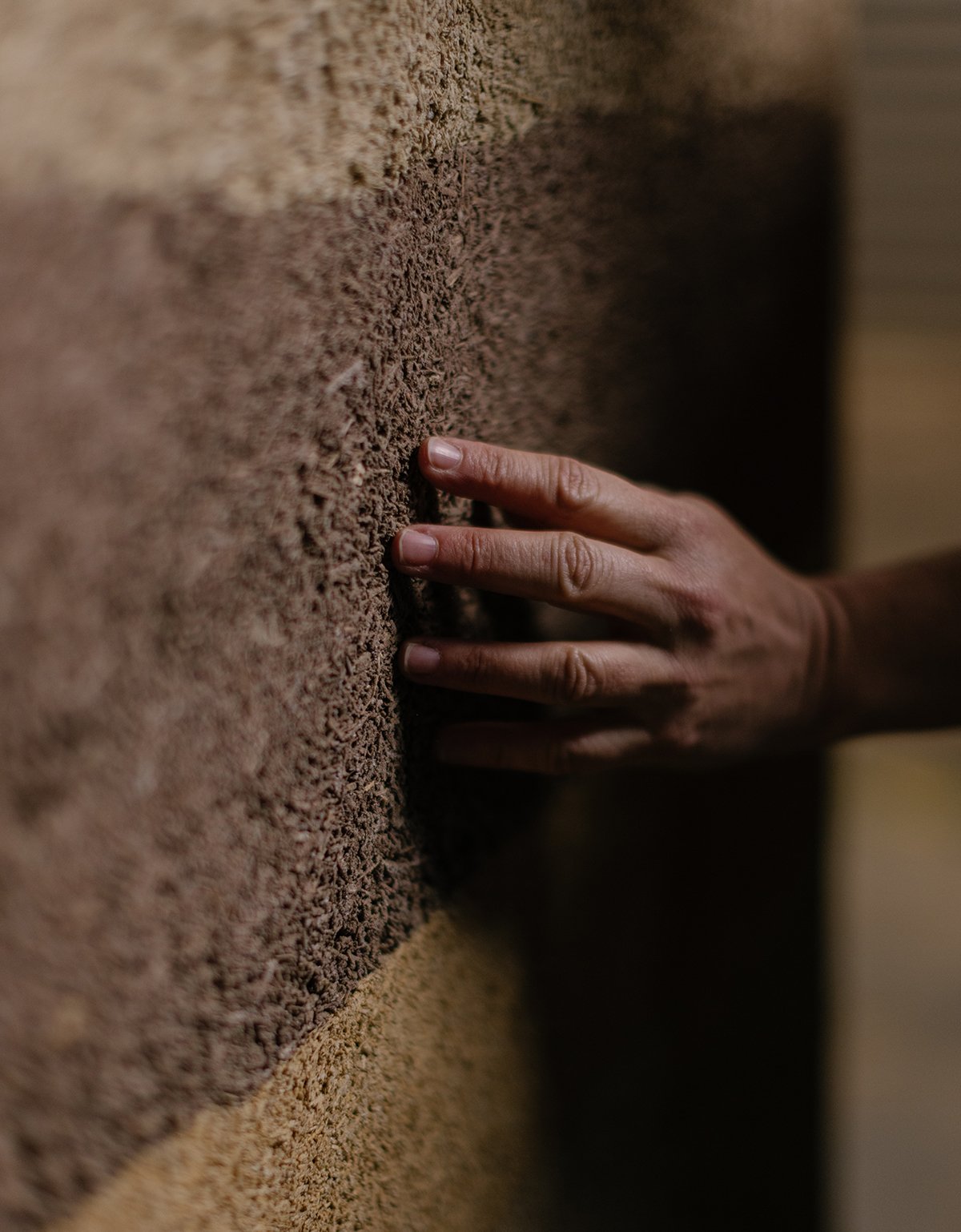
Look at the pain people are suffering every winter because of high electrical expenses in poorly insulated houses. The very poorest people living in the worst housing pay the most for their power to heat that very poorly. It’s just nuts, and we can do so much better than that.
“Hempcrete houses are incredibly healthy and mould resistant,” says Andi. “They’re non-combustible, so you’ve got a much more fire-resistant house, and they’ve got an incredibly long lifecycle: the French have given hempcrete buildings a warranty of 200 years. They also require very low energy use; you don’t need to spend a lot of money on heating or cooling. Look at the pain people are suffering every winter because of high electrical expenses in poorly insulated houses. The very poorest people living in the worst housing pay the most for their power to heat that very poorly. It’s just nuts, and we can do so much better than that. I really am confident that we can do something, and that we should have tri-partisan agreement around this. It doesn’t mean everyone needs to build a complete hempcrete house, but we’ve got a lot of old weatherboard houses in Tasmania that would be perfect to retrofit.”
Perhaps having lost her home — not just once, but twice — has made Andi more acutely aware than most people of how important housing security really is, and what potential there is to improve the situation in Tasmania. She believes passionately in the potential for hempcrete to play a part in that improvement, and is currently working to raise further capital to grow the capacity of X-Hemp.
When Andi moved back from Colorado in 2019, Tasmania was the biggest hemp producing state in the country, but there was no processing facility. There was customer demand, and a huge amount of raw material in a very small geographical area, but there was no way to chop that material up and sell it.
“I look at what I’ve already done, and think ‘I’m actually doing something very tangible and real,’” says Andi. “I run an enterprise that supports employment of working mothers. I’m taking a waste product from farmers who I’ve built a great relationship with. I’ve provided material to people who have built beautiful houses out of Tasmanian grown and processed hemp. I’m so proud of us – of the group of women I work with. They’re amazing. What I’d like now is an angel investor who understands that I’m taking it seriously, who trusts that they’re going to get their money back, and who is excited about the prospect of being part of something that’s legitimately really great.”
Andi is one of 17 Tasmanians featured in our short screenpiece about Women in Tasmania, created in partnership with our friends in the Department of Premier and Cabinet's Women's Portfolio.
We worked with north west Tasmanian photographers Moon Cheese Studio, southern Tasmanian cinematographer Joshua Lamont ACS, and southern Tasmanian writer Ruth Dawkins for this Tasmanian story.
Read about more Tasmanians
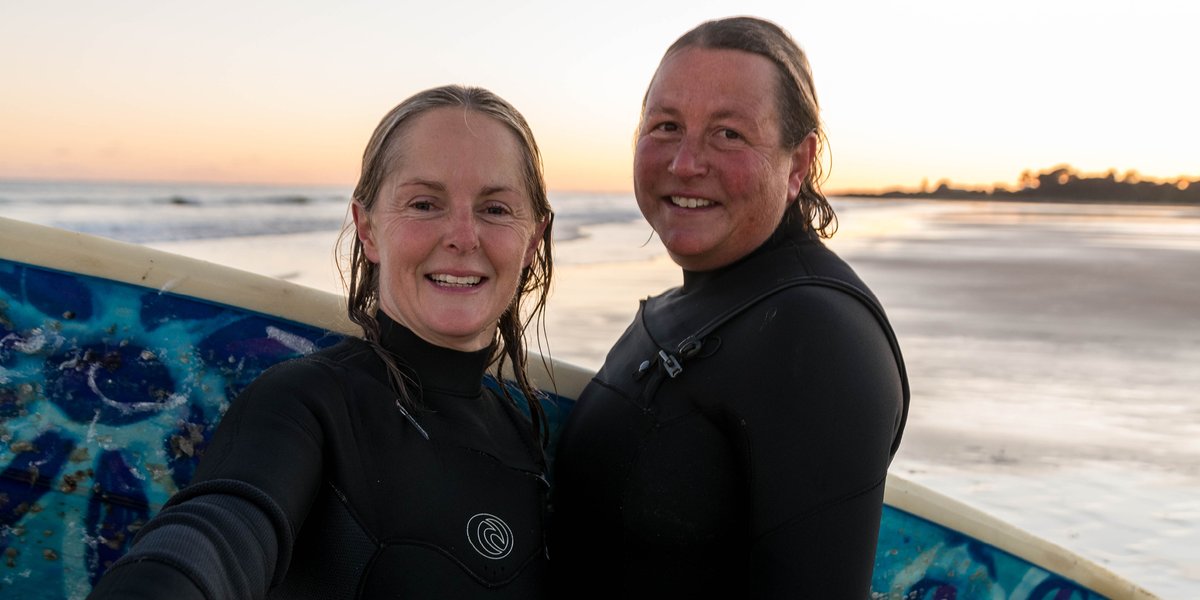
Albert Street Gang
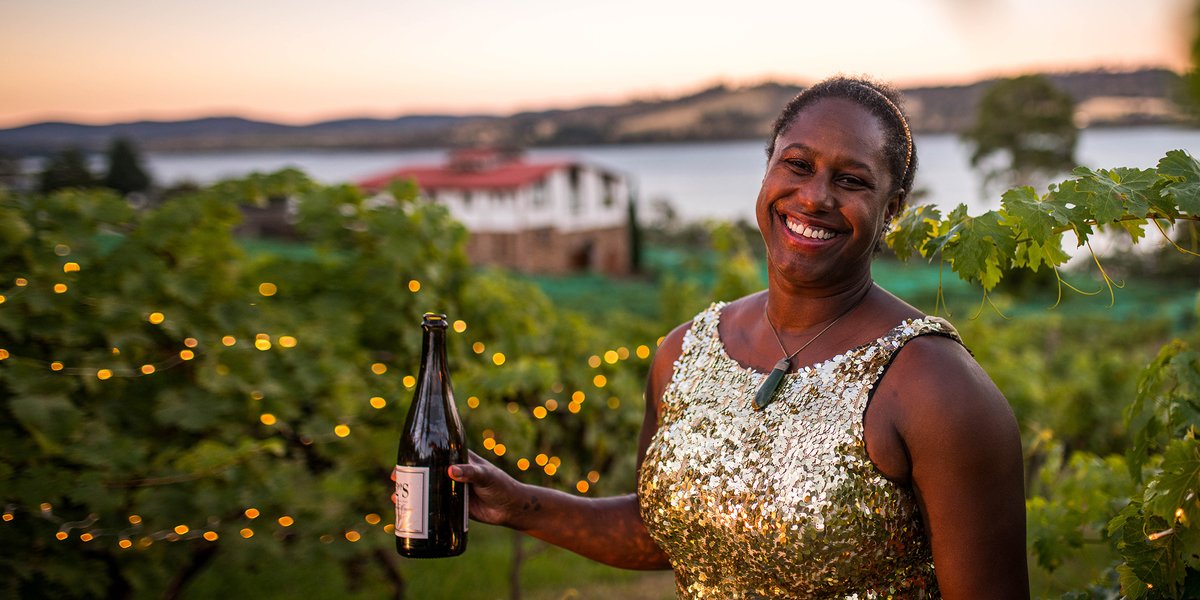
Curly Haslam-Coates
